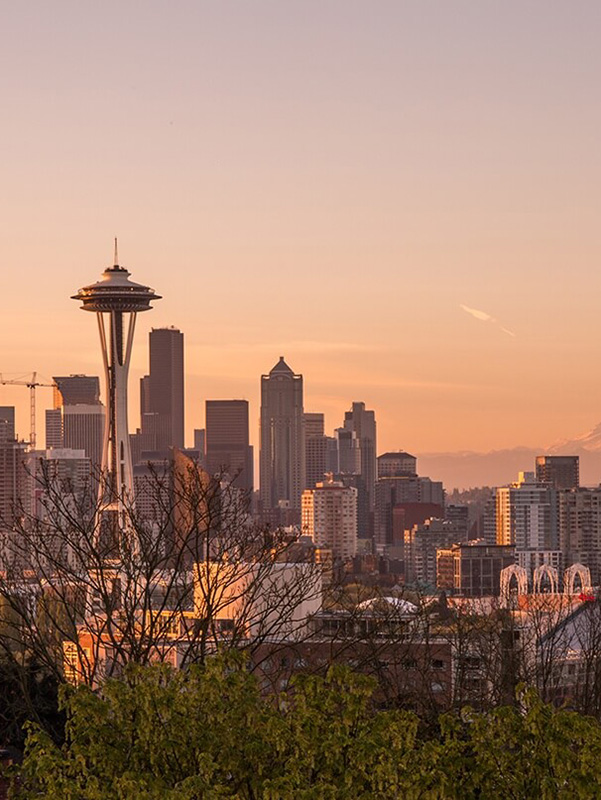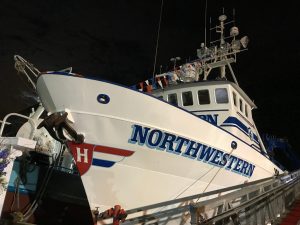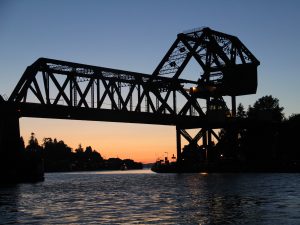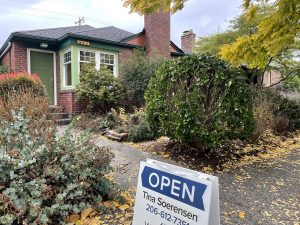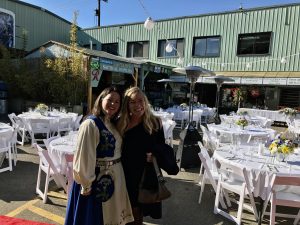Discover the community
About Ballard
In its history, Ballard has undergone dramatic changes. Once a city in its own right that could call itself “the Shingle Capital of the World,” Ballard’s original industries were primarily timber and fishing. Drawn to a landscape that reminded them of home, Scandinavian settlers began gravitating here beginning in the 1850s, stamping their ethnic identity on the place. The chewing tobacco favored by these immigrants gave Ballard another nickname: Snoose Junction. When its population outpaced its fresh water supply, Ballard reluctantly agreed to be annexed by Seattle in 1907.
Vibe
Accessed from the south via a bascule bridge that lifts to let ships through, Ballard is a collection of pocket neighborhoods including Central and East Ballard, Whittier Heights, Loyal Heights, Olympic Manor, and others, most with their own commercial districts. Ballard’s past still feels present in the charming Ballard Avenue Historic District, where trendy restaurants and shops have opened beside venerable live music venues such as the Tractor Tavern. While Ballard was once decidedly blue-collar, mushrooming condo developments along the Market Street commercial corridor and elsewhere continue to attract young urban professionals.
Living
You’ll find modest Tudors, ramblers, and Craftsman homes in peaceful neighborhoods away from the larger arterials, and Ballard has some of the most walkable and bikeable (thanks to fairly level ground) stretches in the city. Residents of the waterfront homes in the Sunset Hill section enjoy views of Puget Sound and sunsets over the Olympic Mountains. We love to bring visitors to the Hiram M. Chittenden Locks for a picnic on the lovely landscaped grounds, to watch the boats complete their passage along the Ship Canal from fresh to salt water. In summer there’s the added bonus of silvery salmon navigating the currents of the fish ladder.
Favorite Features
Public Pool

Farmers Market

Golden Gardens

Dog Park

Post Office

Restaurants
Public Library

Ballard Locks

Ballard Schools
The Ballard neighborhood has numerous high quality schools in the area as well as in the surrounding Seattle neighborhoods.
Loyal Heights
• Public • Grades K-5
• 398 students
0
Greatschools RatingWhitman Middle School
• Public • Grades 6-8
• 566 students
0
Greatschools RatingWhittier Elementary School
• Public • Grades K-8
• 495 students
0
Greatschools RatingBallard High School
• Public • Grades PK-5
• 1,930 students
0
Greatschools RatingDiscover places
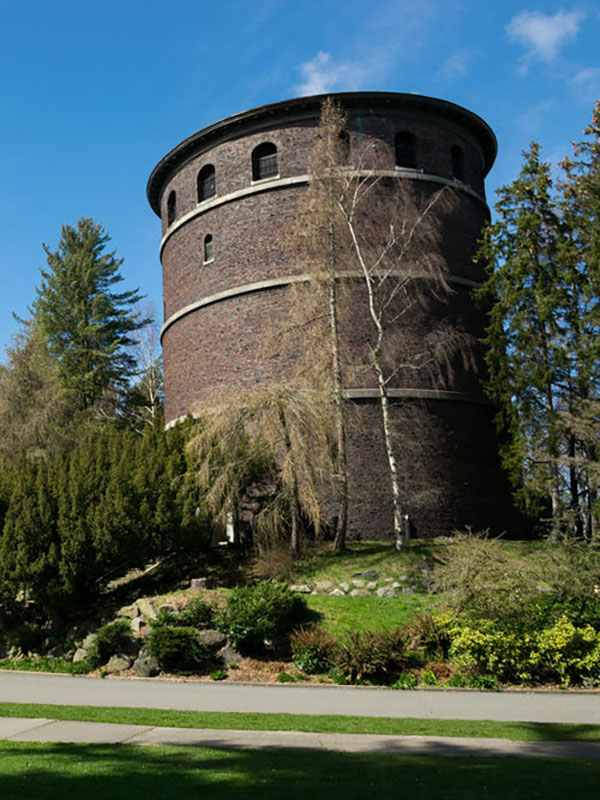
Water tower

Pike Place Market
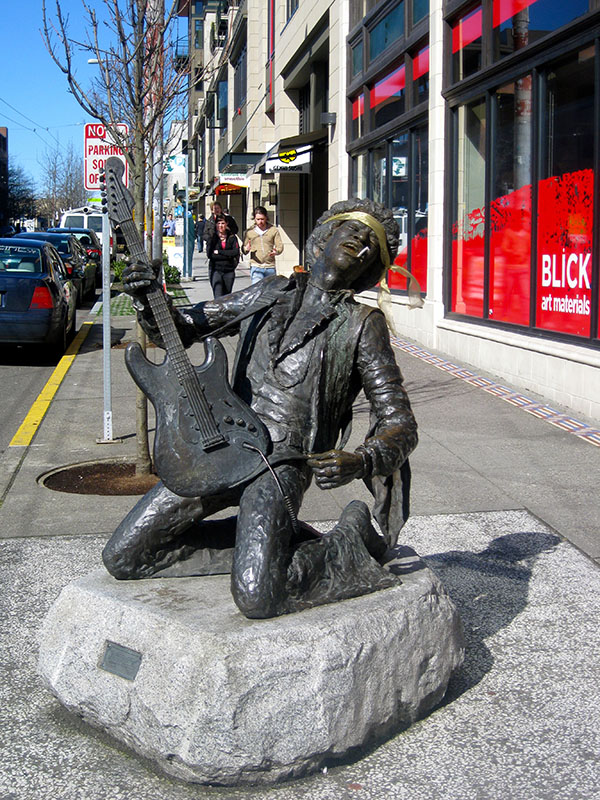
Jimi Hendrix Monument
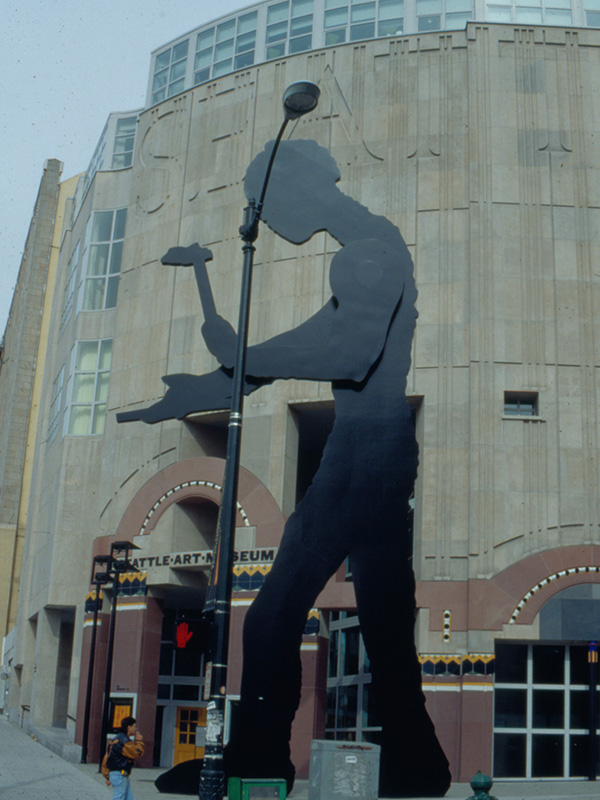
SAE

Pioneer Square
